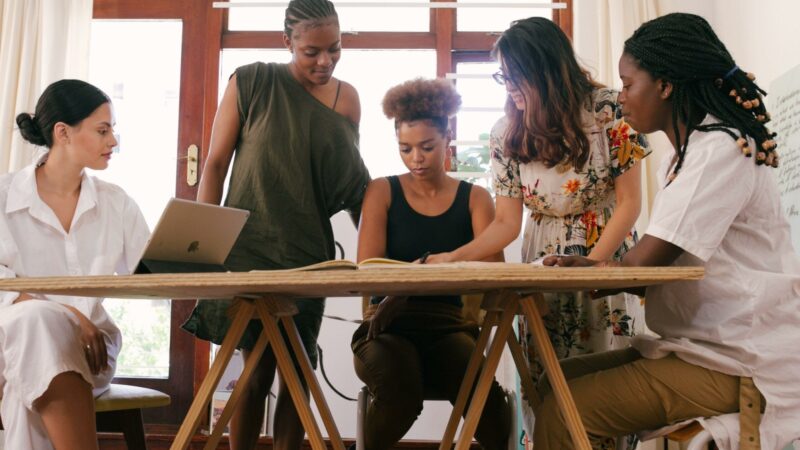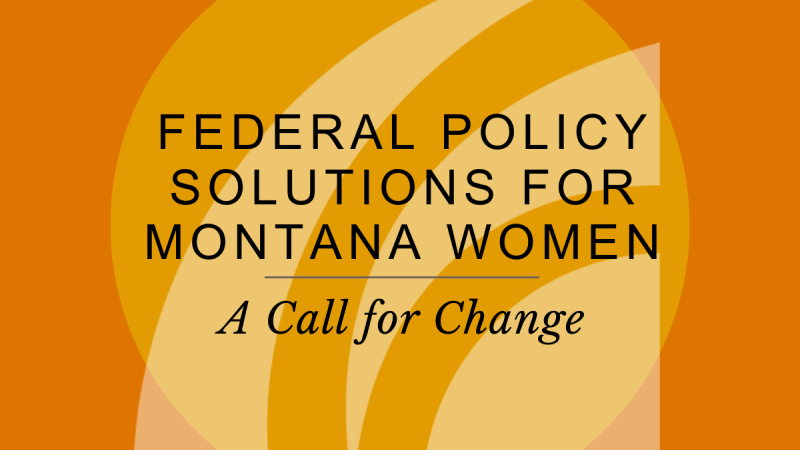Blog
5 Ways to be More Inclusive
November 17, 2020

Diversity is truly an amazing thing. By creating spaces for folks of all ages, genders, sexualities, races, abilities, and other identities, we put forward a commitment to inclusivity, tolerance, and community. Nobody is perfect when it comes to being inclusive, all we can do is continue to learn and correct ourselves when we make mistakes.
How do we work towards being more inclusive?
1. Be mindful of how you communicate
Communication is one of the first aspects to work on. Often, our words and subconscious signals can unintentionally make others feel unwelcome. Here are some of examples of how to be more intentional in communication:
- Avoid using gender-specific words such as “ladies”, “guys”, or “dudes”. Using these words can unintentionally exclude some of the people you’re talking to, making them feel unwelcome or unseen. Try to use gender-neutral collectives! My favorites are “folks”, “friends”, and “gang”.
- Listen without interrupting or talking over others. When you talk over others, especially marginalized folks, it reinforces their belief that you don’t care about their ideas, input, or experiences. Make space for others to speak! If you realize you’re dominating a conversation, pull back and ask if anyone else would like to contribute.
- Avoid immediate negative facial reactions. Subconsciously expressing immediate feelings through body language while interacting with others can make them uncomfortable. Especially when you’re talking about sensitive and personal subjects, having these reactions can communicate intolerance no matter the words you say. This is tricky to work on: do your best to remain neutral when you hear things that you don’t agree with or make you uncomfortable. It’s hard, but with practice it will be easier!
2. Challenge stereotypes
Unconscious biases, prejudices, lack of information, influence of the media, and teaching from our cultural and social beliefs all impact the way we interact with others. These deeply ingrained belief and value systems can lead to actions and reactions that are perceived as exclusive and unfair.
Be aware of the immediate reactions and thoughts you have when you’re out in the world, especially those private snap judgments about who people are. If you catch yourself jumping to conclusions a person based on identity cues (origin, ethnicity, gender presentation, culture, religion, and education, to name a few), take a second to reevaluate why you feel that way.
These private reactions seem relatively harmless on the surface, but they compound the stereotypes that exist in your mind and come out in harmful ways.
3. Avoid Assumptions
While it’s natural to make assumptions about the people you interact with, try not let it dictate the way you interact with them. Below are some common assumptions people make:
- Avoid assumptions about gender: just because someone looks a certain way, doesn’t mean they identify as such. For many non-cis-gender people (people who don’t identify with their birth gender), there are many reasons why they would present (i.e. dress) in ways that don’t match their identity. Things like difficult family dynamics, social pressures to fit into easily identifiable boxes, or fear of harassment and abuse prevent them from expressing their true selves. Use gender-neutral language when you can. The personal “they/them/their” is both grammatically correct and respectful when you’re unsure of someone’s identities.
- Avoid assumptions about nationality or national origin. When talking to non-white people, asking questions like “what are you?” or “where are you really from?” signal to that person that you don’t believe they belong.
- Avoid assumptions about ability. Not all disabilities are obvious at first glance. Don’t assume everyone is equally healthy as you are. On the flip side, if you meet someone with an obvious disability, don’t assume what they are able or not able to do.
4. Be aware of your privileges
Talking about privilege is difficult and uncomfortable, but it’s necessary to adapting a more inclusive attitude. Once you know where your privileges lie, it’s easier to understand why other people may have difficulties when facing similar situations to you.
Privilege or lack of privilege is no fault of your own. Acknowledging that you have certain privileges doesn’t make you a bad person, nor does it mean that your life has been easy. Rather acknowledging systems that make it easier for people like you helps you understand why other people have a harder time.
Identity markers such as white, male, middle- or upper-class, heterosexual, and western are commonly understood as “privileged conditions”.
5. Don’t be afraid of making mistakes
The process of becoming a more inclusive person is challenging, and it takes a lot of work to improve. But, being more tolerant and inclusive is important for creating a better community and world.
You won’t get it right 100% of the time. You might misgender someone by accident or make insulting assumptions without even thinking about it. Don’t let the fear of making mistakes prevent you from doing the good work of being better. While you might rub some people the wrong way when you make a mistake, showing a genuine interest in learning and developing your ability to be inclusive and tolerant will help prevent some of the issues that come from these mistakes.



